In Vietnam, crop production accounts for approximately 80% of the total emissions from the agricultural sector. Therefore, the "Crop Production Emission Reduction Plan for the period 2025-2035," recently approved by the Ministry of Agriculture and Environment , is not just a technical plan, but a strategic shift in the "Net Zero 2050" roadmap.
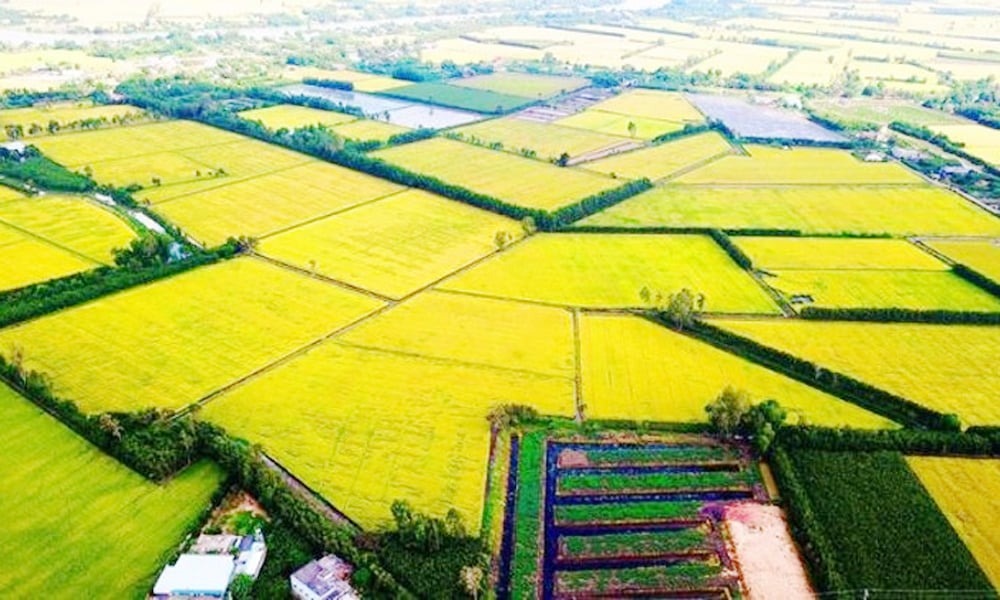 |
Reducing emissions in agriculture is an inevitable direction for Vietnam. (Illustrative image) |
According to statistics, the agricultural sector emits more than 116 million tons of CO₂ equivalent annually. Of this, crop production alone accounts for the majority, primarily methane emissions from rice cultivation, the use of chemical fertilizers, and the burning of rice straw after harvest. If these practices do not change, Vietnamese agriculture will be labeled as a high-emission sector, putting many agricultural products at risk of losing their competitive edge in the international market.
However, amidst the difficulties lies opportunity, because if Vietnam's agriculture shifts towards reducing emissions, it can not only "clean itself up" but also create "carbon credits"—a new economic value. Each hectare of agricultural land not only produces rice, cassava, bananas, etc., but also generates profit from reduced emissions.
A key highlight of the project is the formation and development of raw material zones for low-emission crops. This reflects a value chain development approach, considering farmers, businesses, and the government as three interconnected links in a collaborative system. Only with concentrated raw material zones, the consistent application of sustainable farming practices, and digital management can emission reduction control and certification be scientifically sound and transparent.
The project proposes the formation of low-emission agricultural production-consumption chains linking raw material areas with purchasing and exporting businesses. This also means that businesses will no longer be on the sidelines of the "green agriculture game" but will become partners, sharing benefits and responsibilities with farmers.
The application of digital technology in emission monitoring, traceability, and emission reduction statistics will be a new governance tool, demonstrating a shift in mindset: from "farming based on experience" to "farming based on data." When each hectare of cultivated land is assigned a code and each product has an emission log, Vietnamese agriculture will enter a phase of transparency and deep integration with international standards.
However, realizing the project's goals cannot be achieved solely through slogans. The biggest problem currently is the lack of mechanisms to encourage investment in raw material areas, especially for small and medium-sized enterprises, while farmers remain hesitant to change their farming practices. Therefore, the State needs to have preferential credit policies, technical support, and risk insurance for low-emission farming models. Along with that, communication, training, and education for farmers on water-saving farming techniques, reducing chemical fertilizer use, and environmentally friendly by-product treatment need to be widely implemented. Local authorities need to become the "nucleus of action," promoting cooperatives and businesses to form model raw material areas.
By 2035, Vietnam aims to establish a "Low Emission" label for key agricultural products such as rice, cassava, sugarcane, coffee, and bananas, and to pilot at least 15 farming models that qualify for participation in the international carbon credit market. This is a grand goal, but entirely achievable if implemented systematically, because when "green products" become commercially valuable, businesses and farmers will willingly pursue them.
By 2050, when 100% of key crop areas adopt sustainable farming practices, Vietnamese agriculture will not only reduce emissions but could also become a carbon sequestration sector – a truly “green economy” contributing to national green growth. Reducing emissions in crop production cannot be solely the responsibility of the agricultural sector but a shared responsibility of the entire society, presenting an opportunity to move towards the goal of “green growth – sustainable development”.
Source: https://baobacninhtv.vn/chia-khoa-cua-nong-nghiep-phat-thai-thap-postid429376.bbg




![[Photo] Prime Minister Pham Minh Chinh holds a phone call with the CEO of Russia's Rosatom Corporation.](/_next/image?url=https%3A%2F%2Fvphoto.vietnam.vn%2Fthumb%2F1200x675%2Fvietnam%2Fresource%2FIMAGE%2F2025%2F12%2F11%2F1765464552365_dsc-5295-jpg.webp&w=3840&q=75)

![[Photo] Closing Ceremony of the 10th Session of the 15th National Assembly](/_next/image?url=https%3A%2F%2Fvphoto.vietnam.vn%2Fthumb%2F1200x675%2Fvietnam%2Fresource%2FIMAGE%2F2025%2F12%2F11%2F1765448959967_image-1437-jpg.webp&w=3840&q=75)

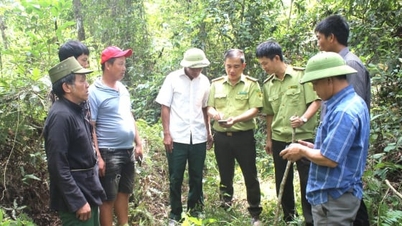

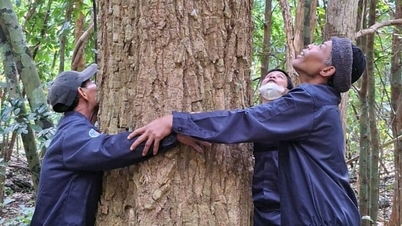




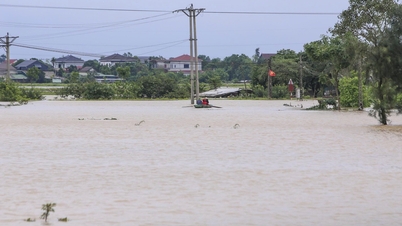

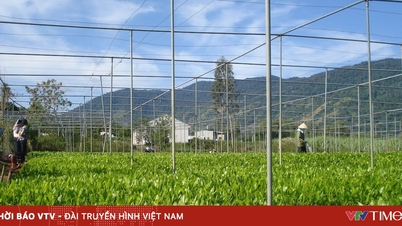

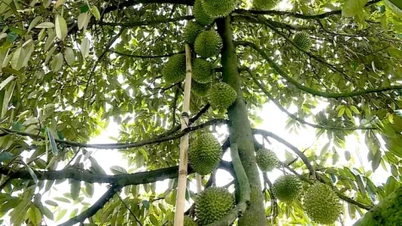

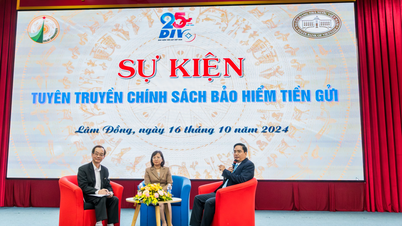

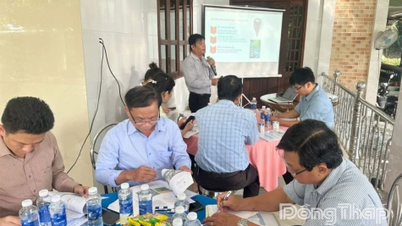
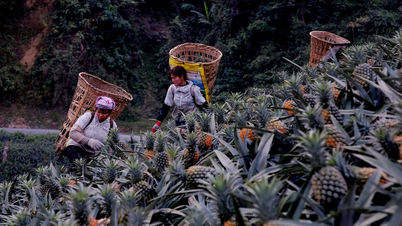

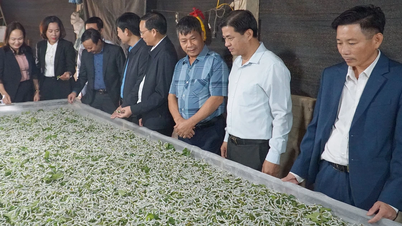







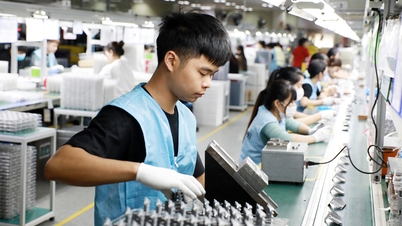
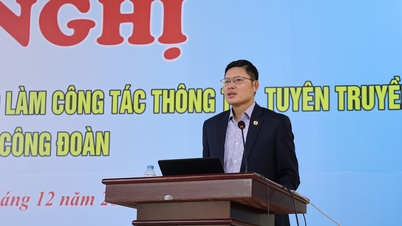
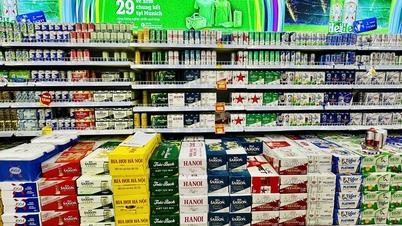
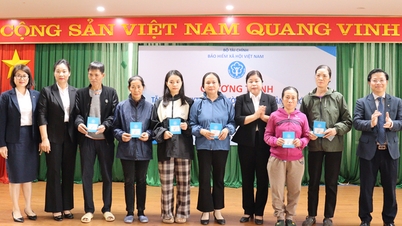
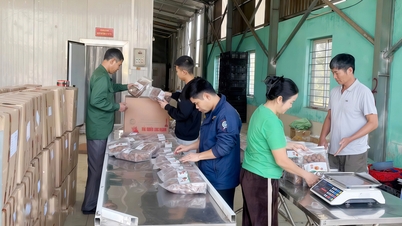
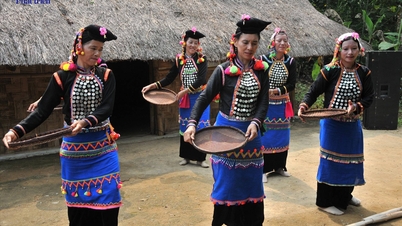

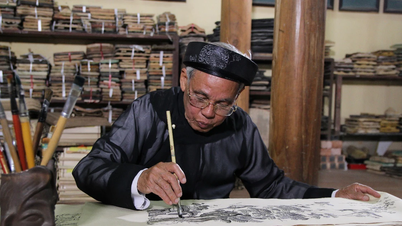

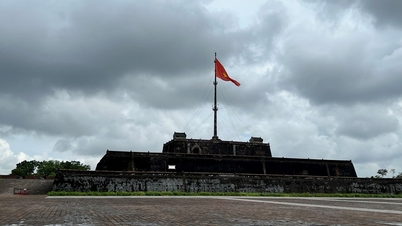

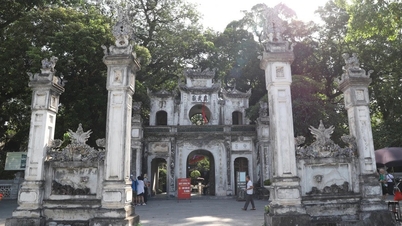

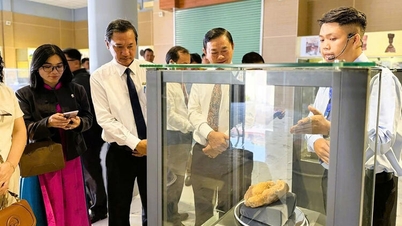

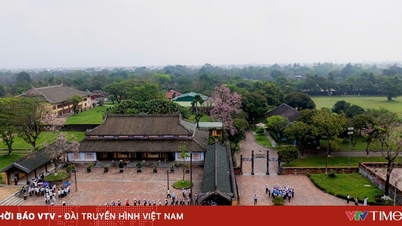
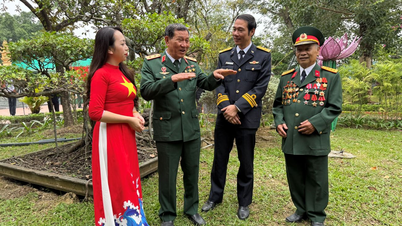





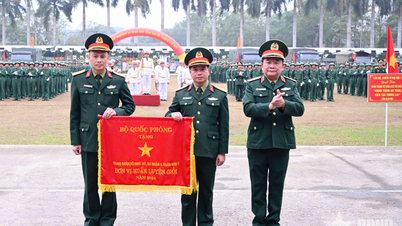
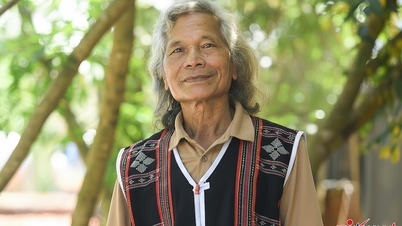



![[OFFICIAL] MISA GROUP ANNOUNCES ITS PIONEERING BRAND POSITIONING IN BUILDING AGENTIC AI FOR BUSINESSES, HOUSEHOLDS, AND THE GOVERNMENT](https://vphoto.vietnam.vn/thumb/402x226/vietnam/resource/IMAGE/2025/12/11/1765444754256_agentic-ai_postfb-scaled.png)



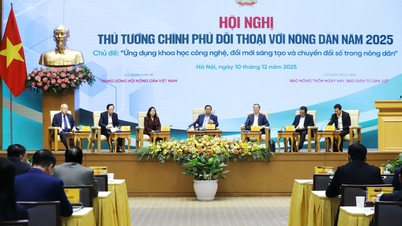











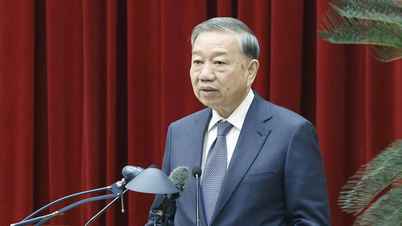
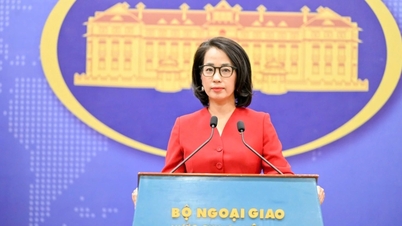
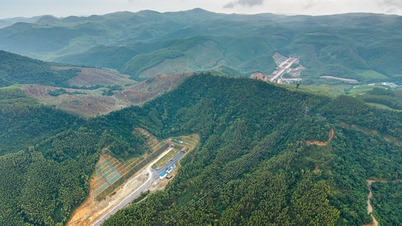



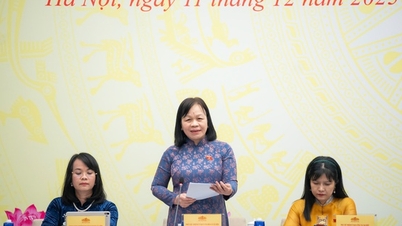

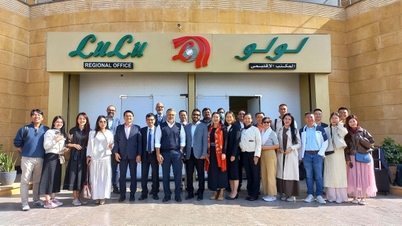

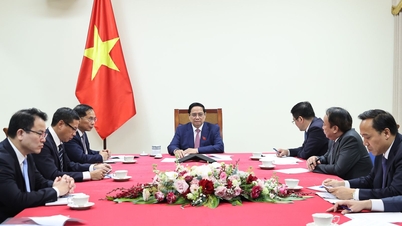

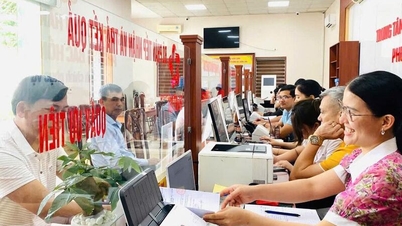
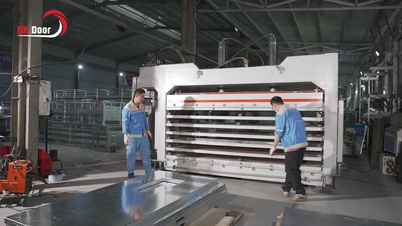



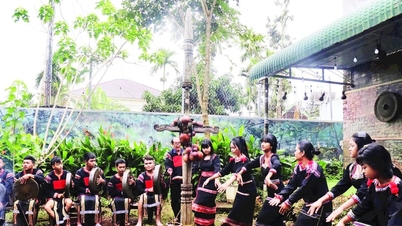
















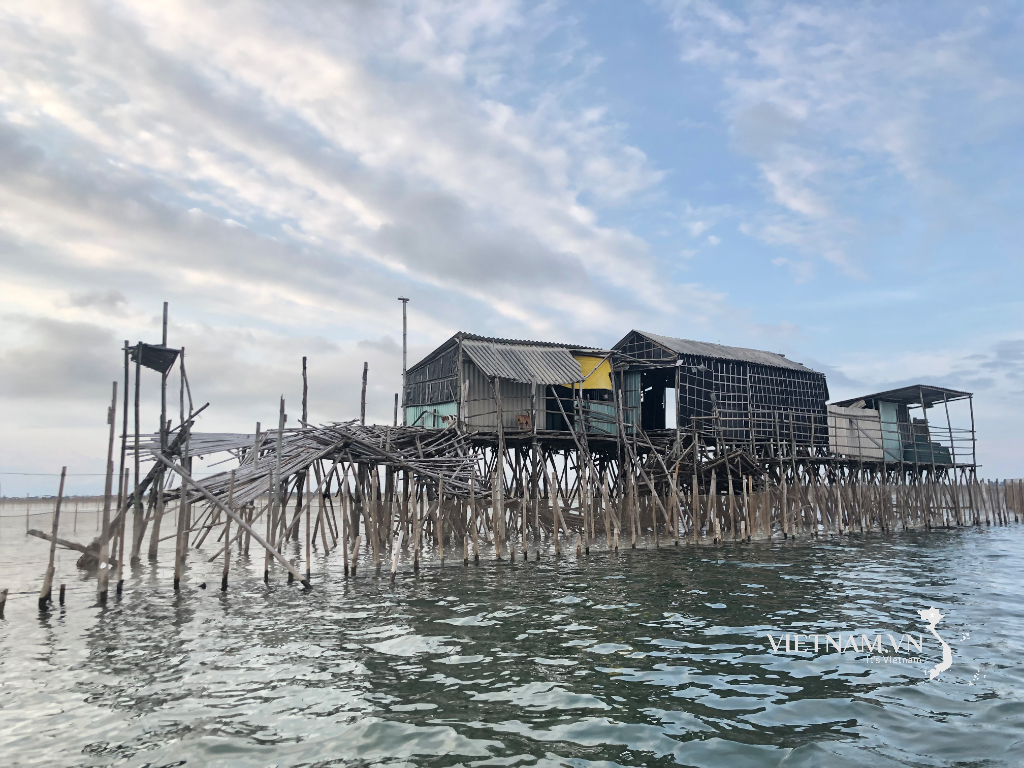

Comment (0)